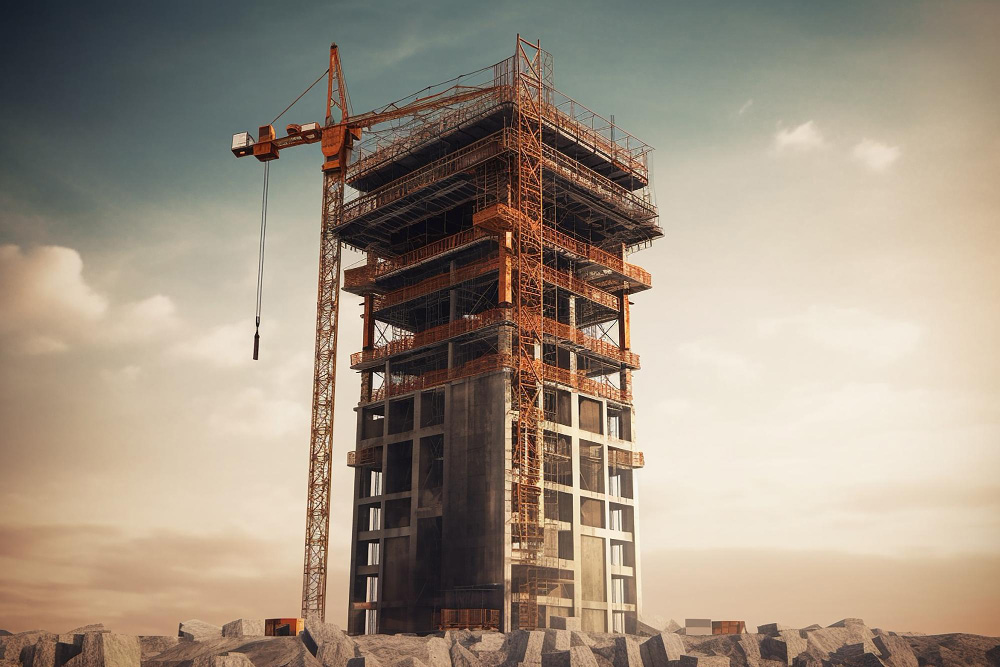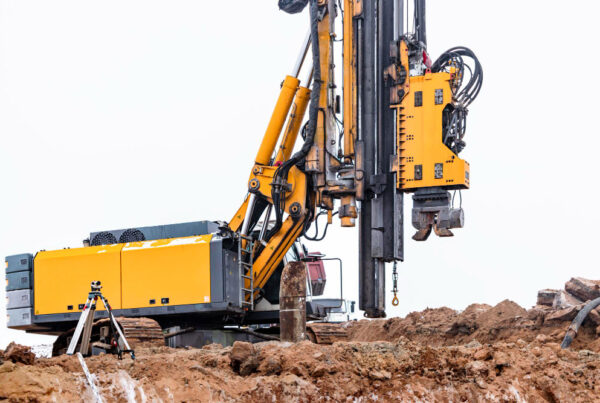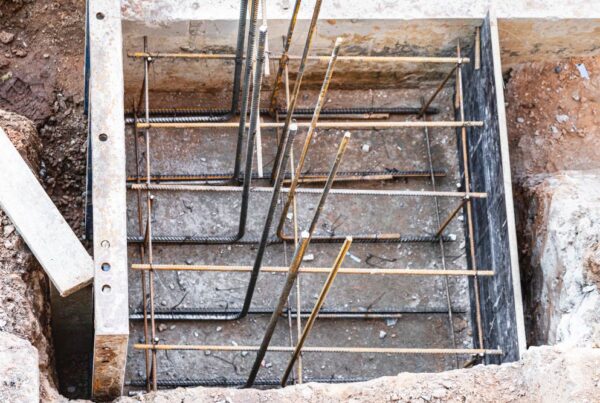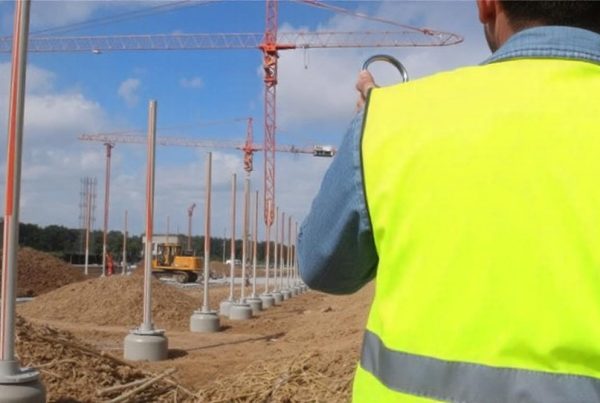Foundation piles are crucial elements in modern construction, providing essential support for structures by transferring loads to deeper, more stable soil or rock layers. Understanding the science behind foundation piles reveals how they work to ensure the stability and longevity of buildings and other structures. This article explores the principles and mechanics that make foundation piles effective.
What Are Foundation Piles?
Foundation piles are long, slender columns made from materials such as concrete, steel, or timber, driven or drilled into the ground. They extend deep into the earth to reach stable strata, providing a strong foundation for structures. Piles are used when surface soils are too weak to support the loads imposed by a structure or when construction occurs in challenging soil conditions.
How Foundation Piles Work
Foundation piles transfer the load of a structure from the superstructure (the building itself) to the load-bearing soil or rock layers beneath the surface. This is achieved through two primary mechanisms: end bearing and friction.
End Bearing
In end bearing piles, the load is transferred to a strong layer of soil or rock at the base of the pile. The pile acts like a column, carrying the load directly down to this stable layer. This type of pile is effective when a solid layer of rock or very dense soil is reachable at a reasonable depth.
Friction
Friction piles, on the other hand, transfer the load along the length of the pile through skin friction between the pile surface and the surrounding soil. These piles rely on the frictional resistance developed between the pile and the soil to support the structure’s weight.
Soil Improvement
In addition to supporting the load, foundation piles can improve the surrounding soil conditions. By extending through weak or compressible soil layers to reach stronger strata, piles help stabilize the soil around the pile and enhance overall foundation performance.
Settlement Control
Foundation piles play a critical role in controlling settlement, which is the gradual sinking or shifting of a building’s foundation. By distributing loads over a larger area and reaching stable soil layers, piles minimize differential settlement and prevent uneven sinking that can damage structures.
Applications of Foundation Piles
Foundation piles are used in a wide range of construction projects, including:
- High-rise buildings
- Bridges and viaducts
- Industrial facilities
- Retaining walls
- Offshore structures
- Residential buildings
Conclusion
Foundation piles play a critical role in ensuring the stability, safety, and longevity of buildings and structures. By providing robust support and anchorage, foundation piles enable construction in challenging soil conditions and adverse environments. Understanding the importance of foundation piles and their role in building stability is essential for engineers, architects, and construction professionals involved in designing and implementing successful construction projects. Ultimately, foundation piles are indispensable components of modern construction, contributing to the strength and resilience of built environments around the world.






